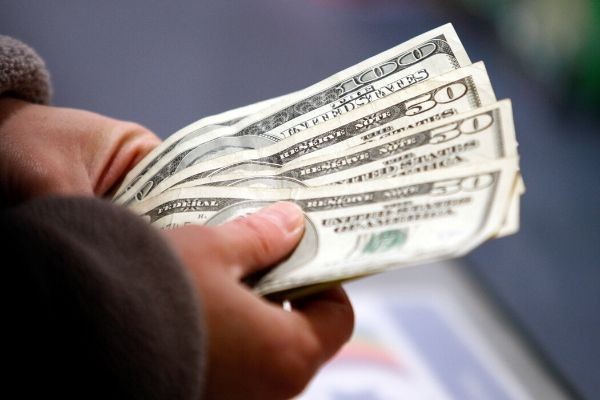
A rise in producer prices was seen compared to one-year last month wherein the increase in services like healthcare and hotel stays added to the boost. According to a report, these U.S. housing indicators shows that interest rates should be the same throughout the year, with lowered borrowers cost in three times during 2019.
A healthy economy with more homes built that are better than expected, with some price increases that show growth in the economy, according to Chris Rupkey of MUFG at New York. Housing went down by 3.6% to rate of 1.567 million units a month ago, with three increases that followed.
In December, data was updated to account for the changes in the production of 1.626 million units, peaking since December 2006.
Reuters forecasted housing to be less at 1.425 million units in January, but it increased by 21.4% in January. About 1.291 million housing units began in 2019, compared to 3.3% in 2018.
Issuing of building permits went up to 9.2% in January, that was better since March of 2007, most were single and family housing construction.
The housing market is stable with the lowest mortgage during the last three years. Housing is only 3.1% of the gross domestic product that has an economic impact. With the housing market, the economy can be stable despite the problems it faces, especially the coronavirus.
Fed's meeting on January 28-29, expects economic progress as developing moderately.
A fixed mortgage rate at 30-years is now at 3.47%, which is less since October 2016, based on data by finance agency Freddie Mac.
Nancy Vanden Houten, lead U.S. economist at Oxford Economics commented that housing is one of the most stable in an economy entering a cooling phase.
Wall Street stocks were traded at higher prices, S&P 500 and Nasdaq is higher than ever as China is buffeting under the coronavirus contagion. The value of the dollar is higher, though U.S. Treasury price has slid a bit.
Producer Prices Rise
Consumer prices for energy and food components got better in January. A rise in inflation is about 2% of the target, consumer expenses or core personal consumption expenditures (PCE) will gain by 0.2% this January, that leads to a yearly increase at 1.7%.
For the core PCE it will rise at 1.6% from year-to-year in December. The core PCE went lower in 2019, with the January PCE data published on Friday.
The Commerce Department reported that single-family housing, that is one of the biggest segments of the market for housing, dropped at 5.9% with 1.010 million units for January. But, single-family housing got increase to 1.073 million units in December, better since 2017. Increases were in the Northeast and West but were less in the Midwest and the southern states.
Another part of the report is more permits for Single-family housing up to 6.4%, with 987,000 units during January, better than June of 2007.
Registering a rise of U.S. housing that is for Single-family housing, did improve better than multi-family housing that is less stable too. Compared to multi-family housing, Single-family housing has more improvement. With the best improvement that is better than multi-family housing, helping the economy.








